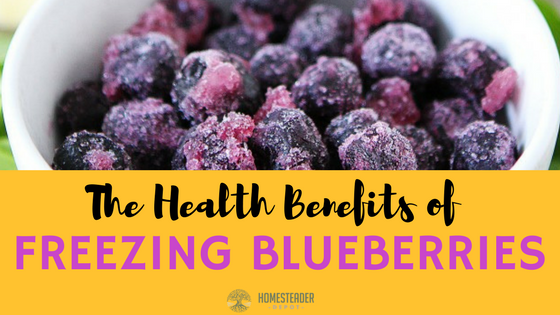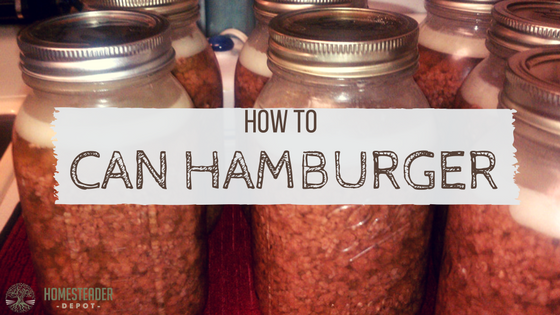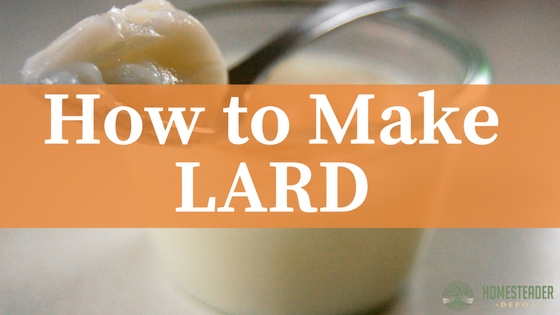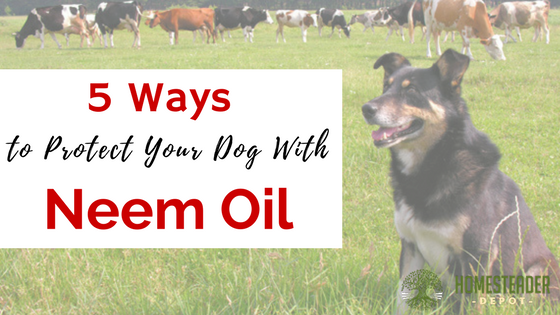4 Health Benefits of Frozen Blueberries
Blueberries are well-known as a delicious source of antioxidants and valuable nutrients, and although they’re not as glamorous or trendy as acai berry, they’re actually more nutritious and top many dieticians have named them the #1 superfood out there. But did you know that when you freeze them, contrary to what you might think, it … Read more








